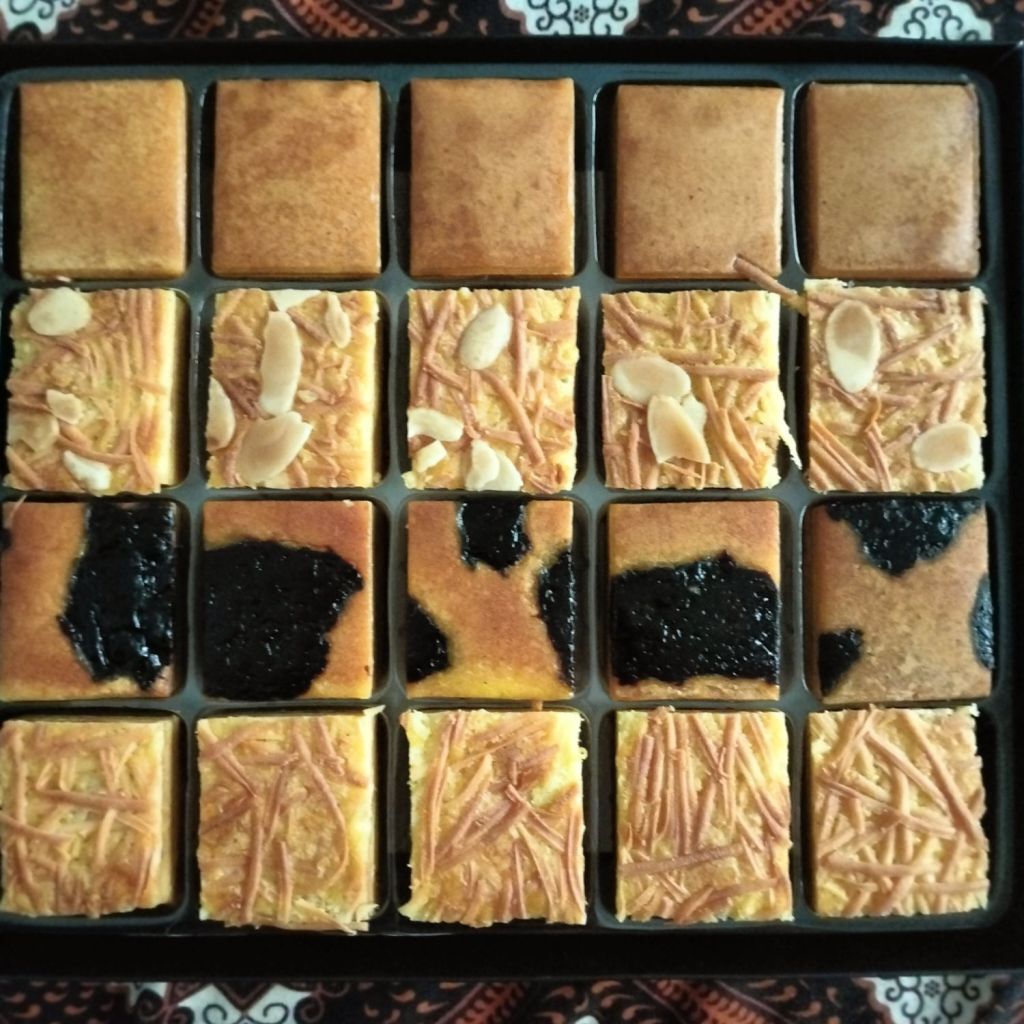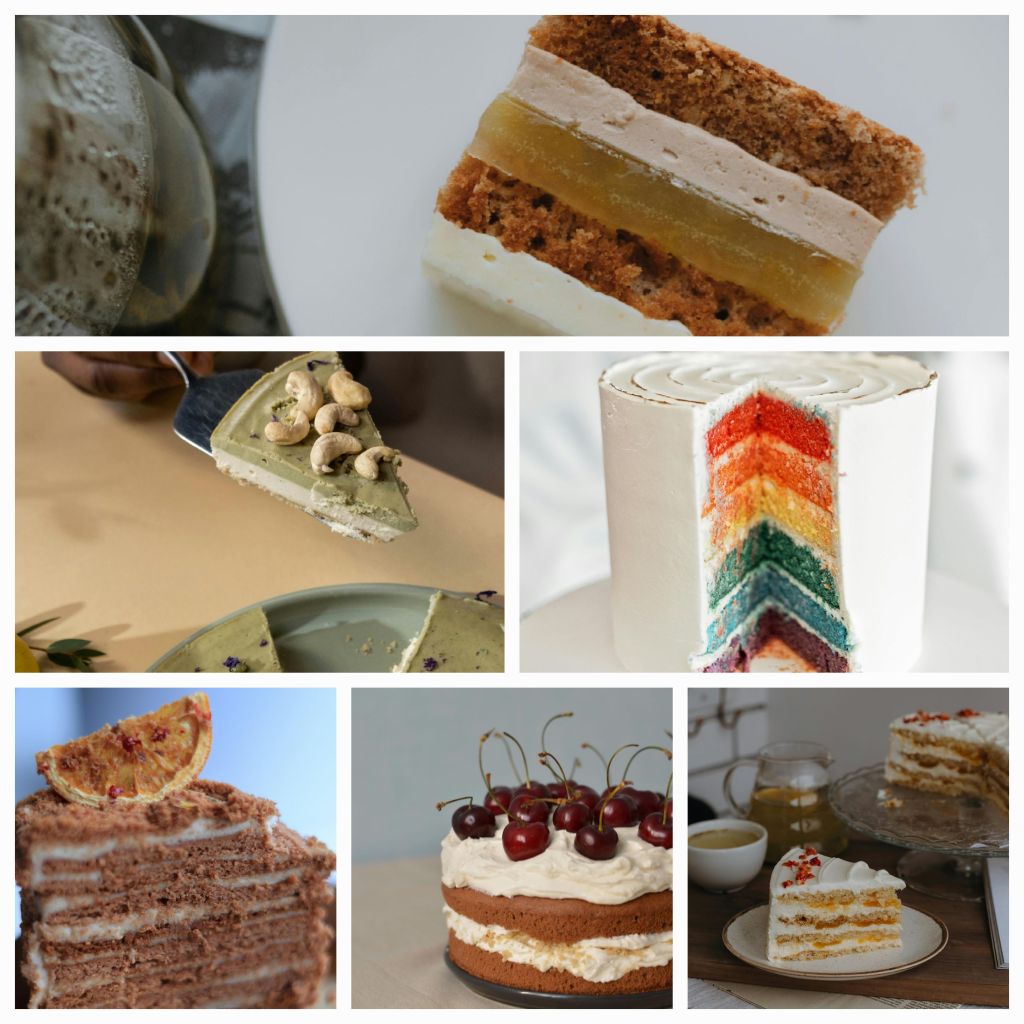Layer Cakes: An Exquisite Journey Through History, Varieties, and Techniques
Introduction
Layer cakes are more than just desserts; they are a symbol of celebration, craftsmanship, and culinary delight. With their origins tracing back to centuries-old traditions, layer cakes have evolved into a diverse and beloved category of confectionery. This comprehensive article delves into the fascinating history, diverse varieties, intricate techniques, and cultural significance of layer cakes.
The Historical Evolution of Layer Cakes
Early Beginnings
The concept of layer cakes dates back to medieval Europe. Early cakes were simple, often made with nuts, dried fruits, and sweeteners like honey. These cakes were dense and more akin to modern-day fruitcakes. The advent of refined sugar and advances in baking techniques in the 16th and 17th centuries allowed bakers to experiment with lighter, more refined cakes.
The 18th and 19th Centuries: Rise of the Modern Layer Cake
The 18th century marked a significant turning point in the history of layer cakes. The introduction of baking powder and baking soda in the 19th century revolutionized baking by making it easier to achieve light and fluffy textures. This period saw the emergence of cakes more similar to what we enjoy today, with multiple layers separated by sweet fillings.
20th Century and Beyond: Innovation and Popularization of Layer Cakes
The 20th century brought about a boom in the popularity of layer cakes, especially in the United States and Europe. With the advent of electric mixers, ovens, and refrigeration, making elaborate layer cakes became more accessible to home bakers. This era also saw the introduction of iconic cakes such as the German Chocolate Cake, Red Velvet Cake, and Black Forest Cake.
Varieties of Layer Cakes
Layer cakes come in an astonishing array of flavors, styles, and cultural variations. Here are some of the most beloved and unique types of layer cakes from around the world:
Classic American Layer Cakes
Vanilla Layer Cake
- A timeless favorite, vanilla layer cake is often paired with buttercream or cream cheese frosting. Its simplicity makes it a versatile base for various fillings and decorations.
Chocolate Layer Cake
- Rich and decadent, chocolate layer cake is a staple at celebrations. Variations include dark, milk, and white chocolate layers, often complemented by ganache or fudge frosting.
Red Velvet Cake
- Known for its vibrant red color and subtle cocoa flavor, red velvet cake is traditionally topped with cream cheese frosting. Its origins are debated, but it remains a Southern classic in the United States.
German Chocolate Cake
- Despite its name, this cake is an American creation. It features layers of chocolate cake filled with a coconut-pecan custard, often frosted with chocolate ganache or buttercream.
European Layer Cakes
Black Forest Cake (Germany)
- A luxurious combination of chocolate sponge cake, cherries, and whipped cream, Black Forest Cake is often decorated with chocolate shavings and additional cherries.
Sacher Torte (Austria)
- This iconic Viennese cake consists of dense chocolate cake layers with apricot jam filling, coated in a smooth layer of dark chocolate glaze.
Dobos Torte (Hungary)
- Named after its creator József C. Dobos, this cake features multiple thin layers of sponge cake filled with chocolate buttercream and topped with caramel.
Tiramisu (Italy)
- Although technically a layered dessert rather than a traditional cake, tiramisu’s coffee-soaked ladyfingers, mascarpone cheese, and cocoa layers make it a beloved treat worldwide.
Asian Layer Cakes
Mille Crepe Cake (Japan)
- Composed of numerous thin crepe layers, often with flavored pastry cream in between, this cake is delicate and visually stunning.
Pandan Layer Cake (Southeast Asia)
- Made with pandan-flavored sponge cake and coconut custard, this cake is popular in Malaysia, Singapore, and Indonesia. Its green hue and fragrant aroma are distinctive features.
Techniques and Tips for Perfect Layer Cakes
Creating a perfect layer cake requires attention to detail and a mastery of several techniques. Here are some essential tips for achieving bakery-quality results:
Baking the Perfect Layers of Layer Cakes
Choosing the Right Recipe
- Select a reliable recipe from a trusted source. Pay attention to ingredient measurements and instructions to ensure consistency.
Preparation
- Preheat your oven and get your baking pans ready by greasing them and lining them with parchment paper. This ensures even baking and easy removal of the cakes.
Mixing Techniques
- Cream butter and sugar thoroughly to incorporate air, which helps achieve a light texture. Alternate adding dry and wet ingredients to maintain batter consistency.
Even Layers
- Divide the batter evenly between pans. Use a kitchen scale for accuracy, and level the batter with a spatula for uniform layers.
Baking Time and Temperature
- Adhere to the recipe’s specified baking time and temperature guidelines. Check for doneness by inserting a toothpick or cake tester into the center of the cake; it should come out clean.
Assembling the Layer Cake
Cooling
- Let the cake layers cool completely before assembling. This prevents the frosting from melting and ensures stability. Leveling
- Use a serrated knife or a cake leveler to trim the tops of the cake layers, creating a flat surface for stacking. Filling and Stacking
- Apply an even layer of filling between each cake layer. Use a turntable for ease and precision. Stack the layers carefully, ensuring they are aligned. Crumb Coat
- Apply a thin layer of frosting to lock in the crumbs. Refrigerate the cake for 15-30 minutes to set the crumb coat before applying the final layer of frosting.
Decorating the Layer Cake
Frosting Techniques
- Use a spatula or bench scraper to apply and smooth the frosting. For a rustic look, leave the frosting textured; for a polished finish, use a bench scraper to create smooth sides and sharp edges. Piping and Embellishments
- Fill a piping bag with frosting for decorative elements like borders, rosettes, or writing. Add additional embellishments like sprinkles, fresh fruit, or edible flowers for visual appeal. Storing and Serving
- Store the assembled cake in the refrigerator if it contains perishable fillings or frostings. Bring to room temperature before serving for the best flavor and texture.
Cultural Significance and Celebratory Role of Layer Cakes
Layer cakes hold a special place in various cultures, often serving as the centerpiece of celebrations such as birthdays, weddings, and holidays. Their intricate design and rich flavors symbolize joy, abundance, and craftsmanship.

Weddings
In many cultures, the wedding cake is a symbol of prosperity and fertility. Traditional wedding cakes are often multi-tiered and elaborately decorated. In Western cultures, cutting the wedding cake is a key moment in the ceremony, symbolizing the couple’s unity and shared future.
Birthdays
Birthday cakes, particularly layer cakes, are a staple of birthday celebrations worldwide. The custom of placing candles on cakes and making a wish before blowing them out adds a magical element to the occasion.
Holidays
Layer cakes are also popular during holidays, with specific varieties associated with certain festivities. For example, Yule log cakes (Bûche de Noël) are traditional Christmas desserts in France and other European countries, featuring a rolled sponge cake filled with cream and decorated to resemble a log.

Conclusion
Layer cakes are a testament to the creativity and skill of bakers throughout history. From their humble beginnings to the elaborate confections of today, they continue to delight and inspire. Whether enjoyed as a simple treat or as a grand centerpiece, layer cakes embody the joy of baking and the art of celebration.
#LayerCakes #CakeBaking #BakingTips #CakeDecorating #CakeRecipes #DessertLovers #HistoryOfCakes #FoodCulture

Leave a comment